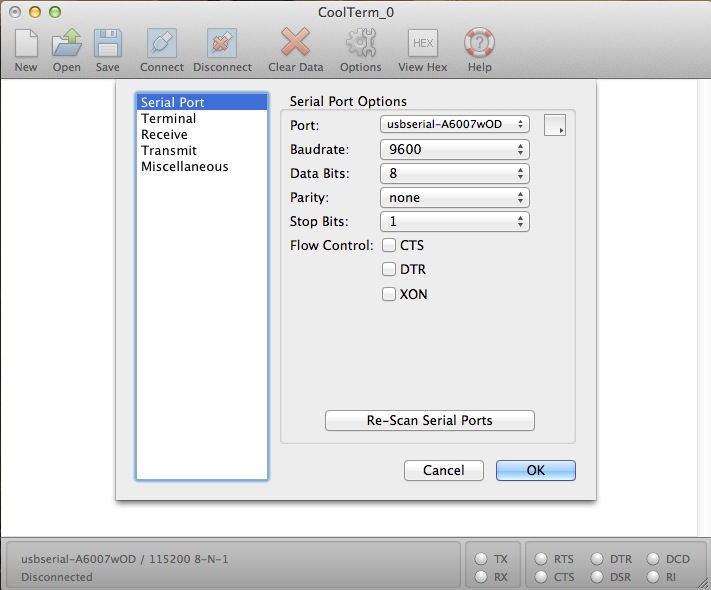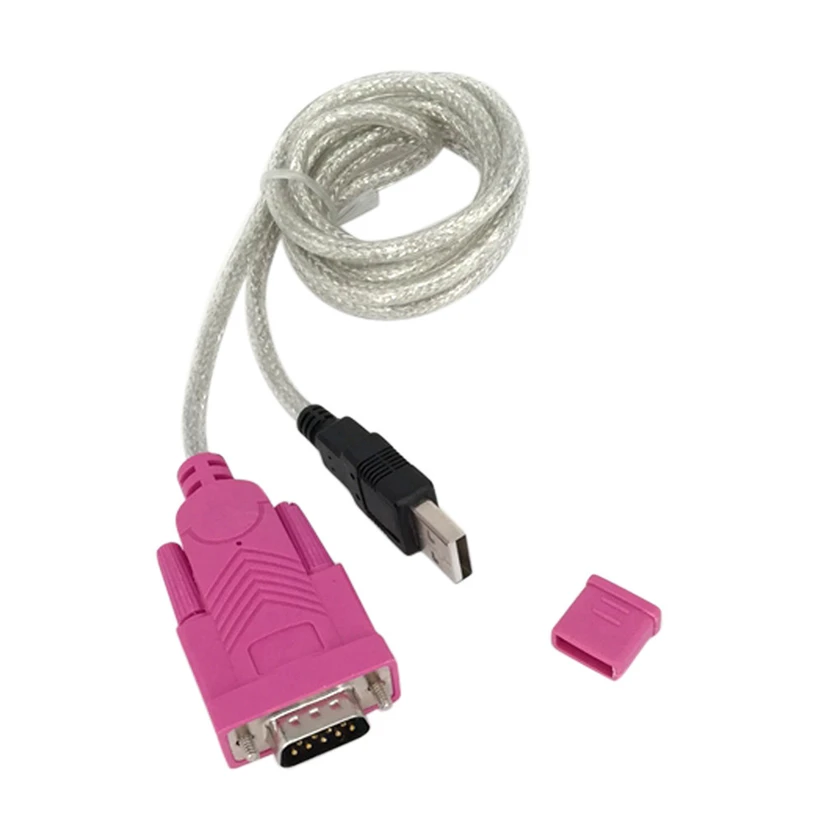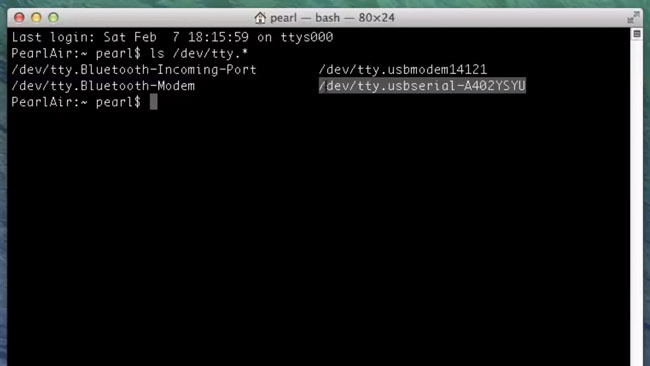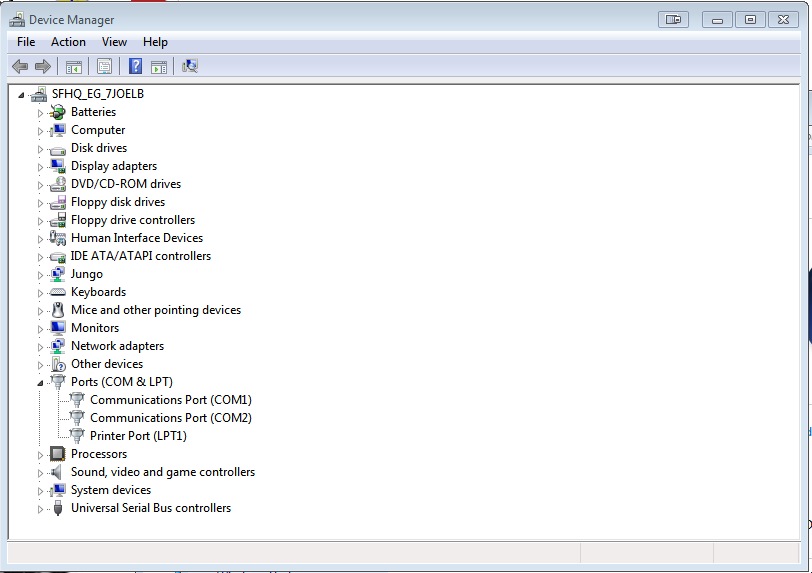

- Usb serial terminal for mac how to#
- Usb serial terminal for mac for mac#
- Usb serial terminal for mac mac os x#
- Usb serial terminal for mac install#
- Usb serial terminal for mac drivers#
It appears that as of 10.6 (and possibly somewhat earlier), this is no longer possible. In earlier versions of Mac OS, one could add the appropriate line to /etc/ttys and have a prompt appear on a serial port. In the Unix world, getty is the program that presents a login prompt. It worked fine for my purposes, but better ones may exist. I used goSerial, which happened to be the first one I found. The next step is to test the serial port using some sort of terminal emulation program.

Run ls /dev/tty.* to see what yours is showing up as. If you have this working, a new device file should show up in /dev. This can be manipulated directly by the kextcache program, or more easily by simply running touch /System/Library/Extensions (which updates its timestamp to the current time) so that the cache is rebuilt on next boot.

After re-enabling a driver, the driver may not reload even after the next reboot because a separate cache of kernel extensions is kept to speed up enumeration on boot. To see the list of currently installed extensions, run kextstat (e.g. For an immediate load or unload, run kextload or kextunload as root. disabled) will prevent the driver from being loaded in the future. kext directory somewhere under /System/Library/Extensions or /Library/Extensions, which if removed or renamed to not end with.
Usb serial terminal for mac drivers#
In the process of doing this myself, I learned a bit about the kernel extension (of which these drivers are each an instance) system in OS X. For official documentation on manipulating the FTDI driver or uninstalling it, see FTDI Application Note 134.
Usb serial terminal for mac how to#
For an example of how to alter the device ID or disable the built-in driver (follow just step 1), see this blog post. Supposedly, the driver priority of the built-in driver is set so that installing the official driver will override it without causing any conflicts, however I have not conclusively verified this. If you encounter strange issues of any kind with the built-in driver, try the official FTDI driver as well. If not, you will have to alter the expected device ID in the driver configuration. If you are lucky enough to have a converter identifying itself using one of the common FTDI USB product IDs, then the serial device will simply appear. Drivers for other converters may also be present, but I have not used them. Starting with 10.10, a driver for at least FTDI-based converters now ships with the OS.
Usb serial terminal for mac install#
You will need to install a third-party driver, e.g. These versions do not come with drivers for any USB to serial converter of which I am aware.

I have found FTDI devices to perform more consistently. Of the two, I found the open source PL2303 driver to be slow and observed occasional data corruption (I did not try the closed source driver but heard worse things). For instance, two common chips include the FTDI series (official driver here) and the Prolific PL2303 chipset (open source driver here, closed source driver here). Given variability in driver quality and compatibility, you may want to try a few models and driver implementation. You probably want a USB to serial converter, of which there are a variety. The first step is to get an RS232 serial port on your Mac, which hasn't been built-in for a long, long time.
Usb serial terminal for mac for mac#
Usb serial terminal for mac mac os x#


 0 kommentar(er)
0 kommentar(er)
